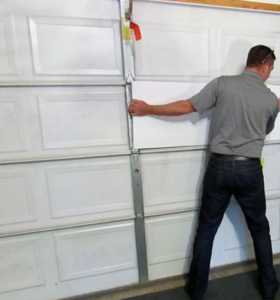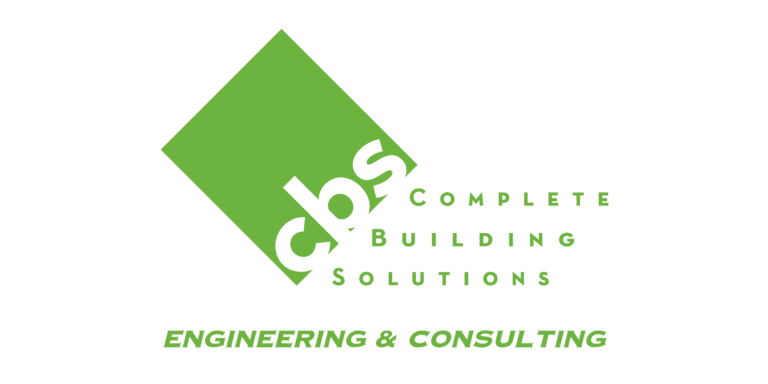It’s safe to say that foundation drainage issues can cause tremendous problems and headaches for homeowners.
Beyond the kids dragging muddy water into the house or poor grandma slipping on the icy sidewalk, these issues can even hurt the structural integrity of the home or cause severe heaving of driveways and walkways.
You heard me right!
Both the home and asphalt/concrete component’s structural integrity can be affected negatively from perpetuating drainage issues.
If you want to avoid structural and aesthetic damage, it’s important to look at some of the major players involved like: poor water management systems which lead to erosion, foundation problems, and driveway/concrete heaving to name a few.
This article will walk you step-by-step through the causes and effects of drainage problems and how to significantly reduce symptoms or solve the problem completely.
Let’s dive in.
An overview of good water management :
The best way to keep your property and home operating at the highest level of performance is by implementing a functioning water management system.
Water is the culprit for problems such as heaving, wet basements, weak foundations, and of course, swampy conditions. If you can stop the water infiltration, you can preserve your home and other features of the property.
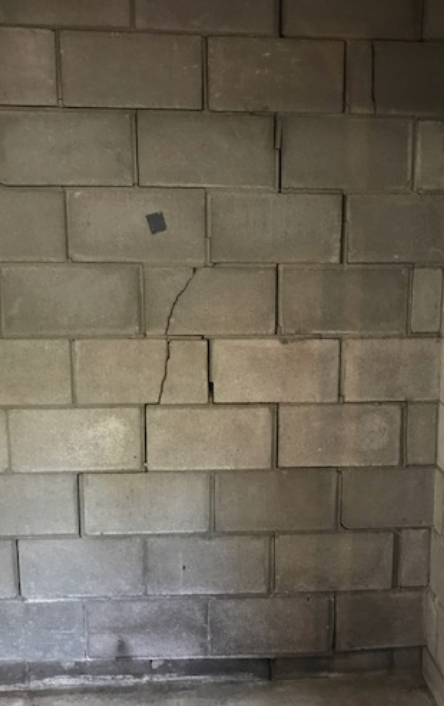
So, what does a good water management system look like?
Gutters & Downspouts
Believe it or not, it starts on the roof. It’s important that your roof sheds water properly down into a gutter system.
This may not seem like a big deal, but if roof water is simply draining off the edges of the shingles, it can pool around your foundation.
This is horrible for your home.
Your gutters should be free of ice dams, leaves and other debris allowing water to properly drain into downspouts with extensions.
Notice the photo below. The downspout on this home is spitting water out right next to the foundation…big no-no!
The downspout needs an extension installed to lead water far away from the house. If you see anything at your home that looks like this, consider installing extensions ASAP.
Conversely, the photo below shows properly functioning downspouts and extension. Aim for a system like this. If you have any questions about your current gutter system, consult with a professional.
Grading/Slope:
Next, we need to think about grading. A positive slope must exist around the foundation, walkways, and driveways with at least a 6” drop in elevation within the first 10 feet of the foundation (International Residential Code).
This is imperative for keeping water away from your foundation.
You may be wondering what this “positive slope” looks like. When looking at the landscape around your foundation, what do you notice?
Look at the photos below.
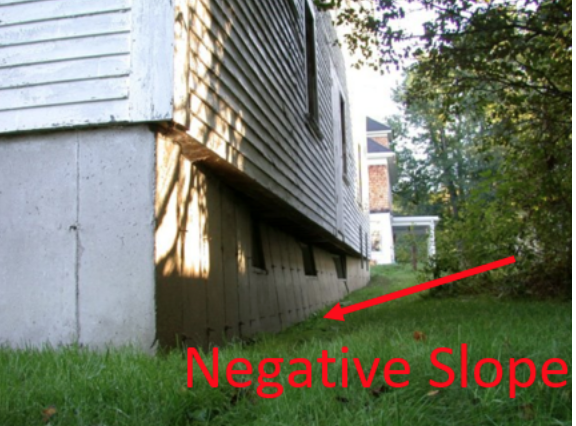
Vs.
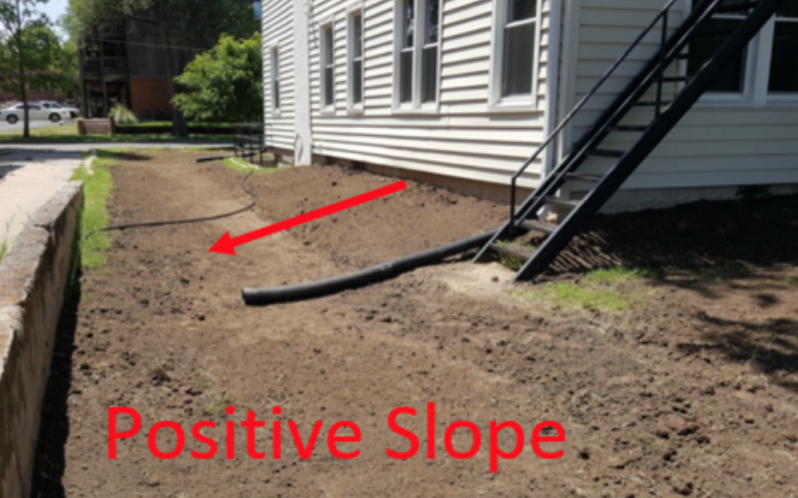
Source
If your home looks more like the first picture, you may be in trouble. Water travels down the path of least resistance, which, in this case, means down the hill to your home.
The second photo demonstrates how the ground is highest near the foundation and slopes downwards to prevent water build-up. Every house should have grading like this to preserve the integrity of the foundation.
Note: If your home was built before the 1990’s you may be more likely to notice a negative grade. This is because grading codes didn’t exist the way they do today.
Plant Bed Designs/Water Traps:
Something as simple as a bad plant bed design can trap water near your foundation or in your yard and cause on-going problems. Keep this in mind when landscaping your property.
Notice that the plant bed below is acting as a dam, trapping water around the foundation.
The grading here needs to be corrected and the concrete border needs to be removed.
Poor Drainage Consequences:
The overview above hit on some of the most important factors necessary for good water distribution on a property.
Keep in mind that there are many complicated projects which may require further solutions such as discovering underground springs, living in a low elevation area, etc. We will touch on these later.
The following consequences can all occur from poor water management regardless of the circumstances.
Cracked/Shifting Foundations & Footings/ Wet basements
Hydrostatic pressure: Hydrostatic pressure contributes greatly to settling of foundation cracks and bowing (as well as shifting of footings or other hardscapes).
What is it? It’s the force created from water standing in the ground.
So, as moisture begins to collect near your foundation, the pressure in the ground will continue to increase and push against the foundation. This force can cause cracking, bowing, and even eroding as water starts to work its way through the foundation and into the basement.
Freeze/Thaw Cycle: Believe it or not, the weather plays a role in your foundation’s health.
Well, the bigger issue really is….you guessed it, water.
When soil freezes, any moisture present will also freeze and expand. This puts a lot of pressure on the foundation walls (as well as footings or another hardscape) which can cause cracking, shifting, and another movement especially once the frost thaws.
It can also exacerbate existing issues. For example, if cracks exist, water can move into those cracks, and when temperatures drop, the expansion of the water can cause even more damage.
Poor Soils: See driveway and concrete heaving below.
Solutions to Cracked/Shifting Foundations & Footings/ Wet basements
Remove Foundation Moisture: The best thing you can do to prevent your foundation from progressively becoming more damaged is to remove the moisture.
The three simple steps listed in the overview, gutters/downspouts, positive grade and attention to landscape, can significantly decrease water problems by guiding water away from the foundation.
In some severe cases, if you are unable to remove the hydrostatic pressure, you may need to install an interior waterproofing system capable of capturing moisture before it leaks into the home. This is not ideal because the hydrostatic pressure will continue to put pressure on your foundation potentially causing cracks/structural shifting.
However, fixing the hydrostatic pressure can typically be done by correcting the soils (a big project, but a long term fix) used for backfill.
We will talk more on this later.
If it is already the middle of winter, you will need to wait until spring to fix your grading or soils and simply deal with potential ice issues. Click here to learn more about dealing with ice.
Don’t Plant Large Trees Near Foundation: Get a professional’s opinion before planting large trees near your home. Roots can penetrate foundation walls leaving them vulnerable to water invasion and the freeze-thaw cycle.
Get a Second Opinion: If damage has already been done, you may want to have a structural engineer out to take a look.
Small superficial cracks are typically not an issue. However, large thick cracks can pose a threat to the structural soundness of the home.
Knowing what kind of issues you are dealing with can be very valuable information since foundation issues are estimated to reduce a home’s value by 10-15% (plus they are dangerous).
Driveway/Concrete Heaving:
The root cause of driveway and concrete heaving is quite similar to that of foundation cracks/bowing. It is related to hydrostatic pressure and the freeze-thaw cycle.
Again, the key is to prevent water from pooling around your sidewalk, patio, etc.
But, what if you have a positive grade and a properly functioning roof drainage system (gutters/downspouts/extensions) and are still having issues with cracking and heaving?
Well, there could be a deeper issue going on.
Poor Soils: Do you know what type of soil was used to backfill your home during construction or driveway installation?
Here in Minnesota, it’s common to see alluvial or organic clays used for a backfill because it’s essentially free for the builder and already on site. Clay is a very cohesive soil, meaning it can get very hard when dry but will expand and become very flexible when wet.
With poor drainage or heavy rains, the clay soils around and underneath your patios, sidewalks, and driveways can become heavily saturated with water.
Because these soils hold water, the freeze-thaw cycle can cause some serious damage. This alone could explain your garage apron shifting or brand new driveways severe cracks or uplift.
Solutions to Driveway/Concrete Heaving
The long term solution to this issue is soil correction. Essentially, this means removing the saturated, cohesive, unsuitable soils and replacing them with a more permeable soil such as recycled asphalt and concrete (con-bit), red rock gravel, or equivalent.
Note: These soils must be compacted correctly in order to prevent settling.
A proper installation can be the difference between a flawless driveway and one that leaves you in the same place you started, just thousands of dollars in the hole.
Keep in mind, this is not going to be cheap, but it will make a world of difference.
Once the soil correction has been done, consider consulting with a professional to implement proper grade and other water management systems in order to prevent water from pooling along the edges of the asphalt or concrete.
They will also consider your roof drainage system and ensure that is functioning correctly by directing water away from the driveway/home, and other hardscapes.
Pooling Water/Skating Rinks:
Here is a list of reasons water may be pooling in your yard or causing severe ice in the winter:
- An insufficient roof drainage system or lack of one: Did you know a 1” rainfall will produce .6 gallons of water per square foot of roof area? That is a lot of water to be dumping into your yard from your gutter system. Make sure you have proper gutter extensions leading this water away from the yard to avoid this issue.
- Poor Grading: If your landscape encourages water to move towards the house, instead of away, this is an issue. Remember, new construction code calls for a 6 inch drop of elevation within the first 10 feet of the house.
- Improper Soils: If your yard seemed to be particularly swampy this year, it could be that your area experienced higher than normal rains. Find out what your home’s foundations was backfilled with. If proper soils weren’t used, your landscape could be holding serious amounts of water.
- Low Spots: Low spots in your yard can collect water. These low spots can form from a variety of sources such as: heavy equipment, tree removal, buried debris, wet soils, etc.
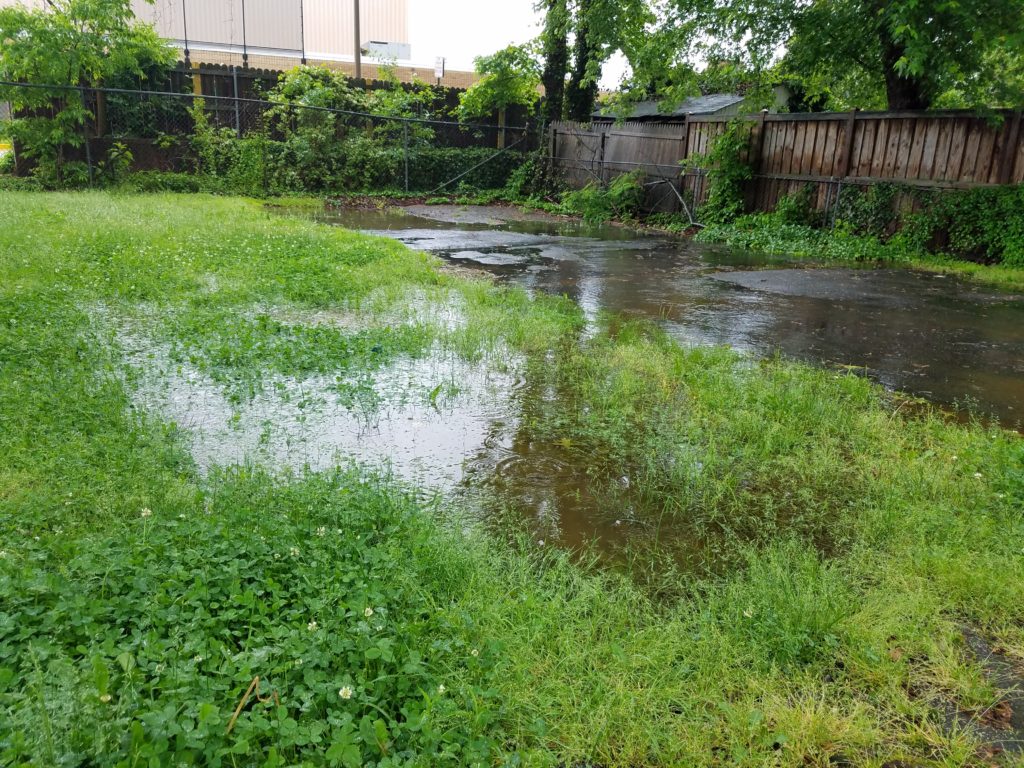
Solutions to Pooling Water/Skating Rinks:
1) Implement a proper roof drainage system applicable to your area: At this point, you understand how important a functioning roof water drainage system is. Take a look around your home to see if your roof drainage system is properly directing water.
2) Create a positive grade around your home: Grading is crucial. Refer to the pictures in the overview section for a visual representation.
3) Hire an expert to determine if your soils are affecting your current drainage issue: Perform a soil test to better understand the drainage situation at your home. Alluvial clay soils are nearly impossible to dry out. This could explain why the yard always seems to be soupy. If a soil correction is not in the budget, a professional can provide you with other options such as retaining walls, french drains, swales, or rain rain gardens.

Challenging Drainage Issues
So, you’ve skimmed through the above recommendations, but still haven’t found what you were looking for? This section will address some of the complex issues we see along with some advice on remediation.
Underground Springs
These buggers are a real challenge to deal with. This has been a common issue in Maple Grove, MN and can really halt a project in its tracks.
I’m just going to say it, this is NOT an issue you should DIY. Do your research and get an expert on-site asap.
Depending on the situation, they may suggest different forms of drain beds or exterior sumps or baskets. In most cases, a solution is available, but be warned that it could end up being a bit of a headache.
For more information, we recommend you contact our favorite local vendor, Hantho Farms.
Low Elevation Stormwater Drainage:
Positioning of your home can make a big difference in the world of drainage. Is your neighbors rain/drainage water flowing in your yard? I’d be frustrated too. The answers aren’t always simple, but again you will want to get an expert on site to determine the best possible solution to your particular situation.
Common solutions may be installing drain tile, swales, french drains, or even a retaining wall.
Unless you have significant knowledge on erosion control and drainage, I would not tackle these projects on your own.
How the solutions are installed is crucial to the success. For example, failing to use proper backfill soils for a retaining wall could render your expensive project useless.
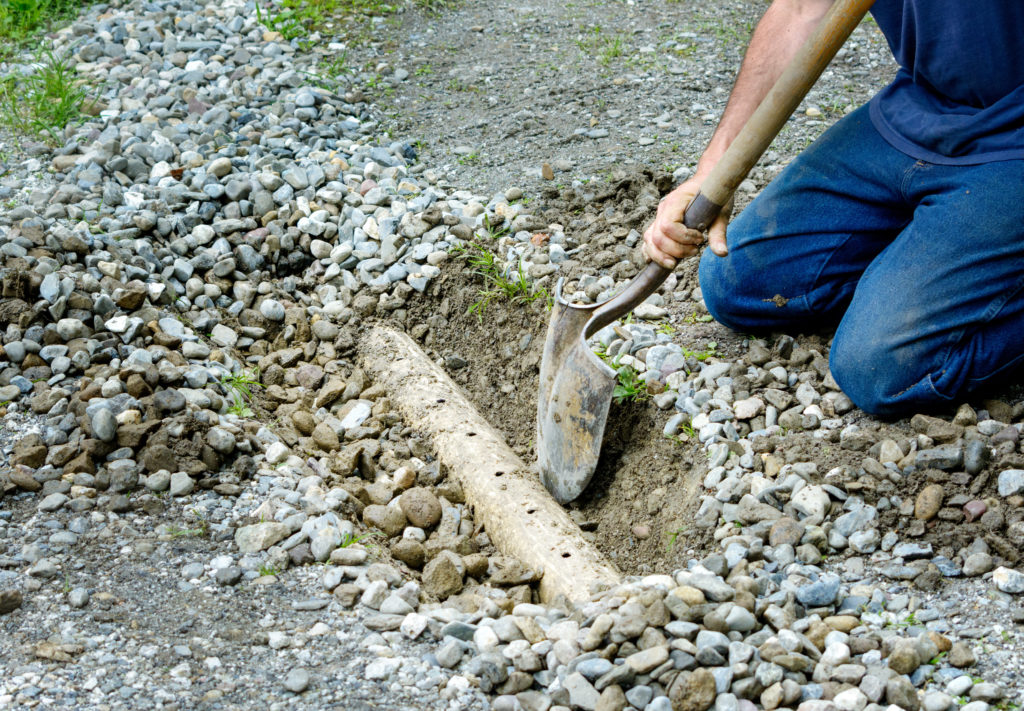
If you are a member of a homeowner association, read the association bylaws. Some or all of your drainage issues may be covered by the association. If the association doesn’t cover the issues, you may be able to go back to the builder.
However, keep in mind that drainage codes were not very robust prior to the 1990’s. If your home was built before then, the builder probably will not be responsible for correcting issues.
If this is the case, the best thing you can do is hire a professional to determine the root causes and, if applicable, speak with your neighbors about the issues and what changes they could implement to help your situation.
To summarize:
Improperly managed water can cause:
- Cracked/bowing/crumbling foundations
- Pooling water/wet basements
- Heaving/cracked driveways & walkways
- Structural movement
- Erosion
- Icy conditions
Most of these issues can be fixed by implementing:
Source
- A proper roof drainage system applicable to your area.
- Grading
- Correct Soils
- Attention to landscape
- Consulting with an expert
If you have any further questions about your drainage issues, please contact Complete Building Solutions here.

